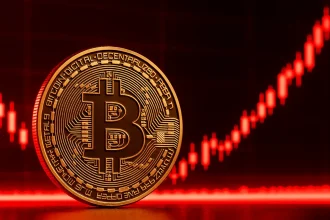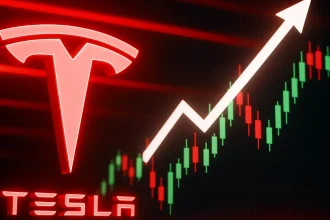United States: Pioneering Regulatory Frameworks
In 2025, the United States has taken significant strides in establishing a comprehensive regulatory framework for cryptocurrencies. A landmark development was the enactment of the Guiding and Establishing National Innovation for U.S. Stablecoins Act (GENIUS Act) in July. This legislation mandates that stablecoins be backed one-to-one by U.S. dollars or other low-risk assets, ensuring greater transparency and stability in the digital asset market. The GENIUS Act also introduces dual federal and state supervision, enhancing consumer protection measures. This move reflects a bipartisan effort to integrate stablecoins into the traditional financial system while mitigating associated risks.
Concurrently, President Donald Trump announced the creation of a strategic cryptocurrency reserve, encompassing assets like Bitcoin (BTC), Ethereum (ETH), Solana (SOL), Cardano (ADA), and Ripple (XRP). This initiative aims to position the U.S. as a global leader in digital finance and bolster the domestic cryptocurrency industry. The establishment of such a reserve signifies a notable shift in governmental approach, recognizing the strategic importance of digital assets in the national economy.
Japan: Embracing Digital Assets Amid Regulatory Reforms
Japan’s cryptocurrency sector is experiencing a resurgence, driven by investor enthusiasm and anticipated regulatory reforms. As of July 2025, Japanese investors’ crypto holdings peaked at 5 trillion yen ($33.16 billion), marking a 25% increase from the previous month. This surge is attributed to a growing appetite for higher returns amid inflation and stagnant wage growth. In response, Japanese exchanges and financial firms are launching new products and services, anticipating regulatory changes that could reduce taxes on crypto gains and ease restrictions on leveraged trading. These developments underscore Japan’s proactive stance in fostering a robust digital asset ecosystem.
European Union: Implementing MiCAR for Digital Asset Oversight
The European Union has been proactive in establishing a regulatory framework for digital assets through the Markets in Crypto-Assets Regulation (MiCAR), introduced in June 2023. MiCAR became applicable to asset-referenced tokens and e-money tokens on June 30, 2024. However, the regulation lacks clear guidelines for global firms issuing the same stablecoin from both EU-regulated entities and third-country entities. This ambiguity raises concerns about the potential depletion of reserves located within the EU in the event of large-scale redemptions of multi-country stablecoins. The EU’s approach reflects an effort to balance innovation with financial stability, though challenges remain in harmonizing regulations across member states.
Pakistan: Establishing the Crypto Council for Digital Integration
In March 2025, Pakistan officially launched the Pakistan Crypto Council (PCC) under the guidance of Finance Minister Muhammad Aurangzeb. The PCC aims to integrate blockchain technology and digital assets into the country’s financial landscape. Key figures in the council include Bilal Bin Saqib as CEO and Changpeng Zhao as Strategic Adviser. By June, the PCC agreed to establish a multi-agency technical committee to draft a national framework for digital and virtual assets. This initiative signifies Pakistan’s commitment to embracing digital finance and positioning itself within the global cryptocurrency market.
Hong Kong: Expanding Virtual Asset Regulations
On June 13, 2025, the Hong Kong Securities and Futures Commission (SFC) announced an expansion of its regulatory framework for virtual assets. This move includes regulating over-the-counter trading and custodial institutions, aiming to create a sustainable digital asset ecosystem. The framework is designed to enhance investor protection and compliance, reflecting Hong Kong’s commitment to fostering a secure and robust digital asset market. Additionally, the Hong Kong Monetary Authority (HKMA) is collaborating with Chainlink to test real-time central bank digital currency (CBDC) payments, involving partners like Visa and Fidelity. This pilot focuses on the seamless exchange between the tokenized e-HKD and Australian stablecoin A$DC across different blockchains, highlighting Hong Kong’s innovative approach to digital finance.
Conclusion
The global landscape of cryptocurrency regulation in 2025 is marked by proactive measures from various nations to integrate digital assets into their financial systems. The United States’ GENIUS Act and strategic reserve, Japan’s regulatory reforms, the European Union’s MiCAR implementation, Pakistan’s establishment of the Crypto Council, and Hong Kong’s expanded virtual asset regulations exemplify a concerted effort to balance innovation with consumer protection and financial stability. As these regulatory frameworks evolve, they will play a crucial role in shaping the future of the global cryptocurrency market.






